Popular on Food52
Continue After Advertisement
24 Comments
baegohpah
April 30, 2020
Hello @food52 team - the gochujang and harissa labels are inverted. They're pointing to the wrong items in the photo.
George G.
May 22, 2017
One of th best, but only now becoming, is the Sichuanese Pixian douban jiang: made from chili and fermentd broad beans. It has a deep, rih, unique flavour that Sichuan food is lacking when it's not there. http://www.yamibuy.com/en/goods.php?id=6159&utm_source=Google&utm_medium=CPC&utm_term=6159&utm_campaign=GoogleShopping&gclid=CIrSjPHmhNQCFdu6wAod8AoHAA
Danube K.
April 19, 2017
As far as Hungarian spice pastes go, Piros Arany is good, but Erös Pista is even better. Perfect as a condiment (especially for eggs) or adding heat to a stewed dish (like goulash).
https://www.amazon.com/Eros-Pista-Paprika-univer-6x200g/dp/B000LRILQW
https://www.amazon.com/Eros-Pista-Paprika-univer-6x200g/dp/B000LRILQW
Danube K.
September 17, 2017
It's also worth nothing that Piros Arany is a brand name for an Univer product. For the condiment itself, you could probably call it paprika cream.
Rj
April 2, 2017
As someone from the sambal side of south east Asia, I was excited to find a chilli paste in indian cuisine too: Thecha
https://en.m.wikipedia.org/wiki/Thecha
https://en.m.wikipedia.org/wiki/Thecha
karmaya
August 18, 2015
sambal bajak - an Indonesian sambal - ingredients are roasted, toasted, so darker and rich - just found a recipe for it here: http://indonesiaeats.com/sambal-bajak-sambal-badjak-javanese-sambal/
Entube
May 22, 2015
Hey @Food52 you missed Entube's Harissa in your chili paste's to know! We are a new company in Los Angeles making North America's only Harissa in a tube, all natural, vegan, paleo and super healthy. You guys should try it!! www.entube.la
Gila G.
April 30, 2015
Schug comes in both green and red varieties. In fact, red schug is mich more ubiquitous than green schug-- ironic since the red version was left out of this article entirely!
Chris B.
April 30, 2015
You also missed out South African's Bushman's Chilli sauces - perfect, but can blow your mind away (different grades)
foofaraw
April 29, 2015
Some notes on Sambal: Both sambal terasi (wrong spelling on the article) and sambal belacan use shrimp paste. Terasi in Bahasa = Belacan in Malay = fermented shrimp paste.
In Indonesia, each regions has their own sambal recipes because Indonesians really loves sambal and hot food, and eat food with sambal a lot of the time (like ketchup for Americans). Some of the well known ones are Sambal Tomat (with lots of tomatoes), Sambal Goreng (fried sambal which is stir-fried with oil until it is fragrant), Sambal Tauco (with fermented soybeans), Sambal Cabe Ijo (looks green because it uses very hot green Thai chili), Sambal Mangga (uses ripe/unripened mango), Sambal Kecap (with sweet soy sauce), and Sambal Bajak (a bit sweeter and can be found in traditional restaurant). I didn't post the recipe here, but you can search the recipes by Googling the names and Google Translate it if you are interested.
In Indonesia, each regions has their own sambal recipes because Indonesians really loves sambal and hot food, and eat food with sambal a lot of the time (like ketchup for Americans). Some of the well known ones are Sambal Tomat (with lots of tomatoes), Sambal Goreng (fried sambal which is stir-fried with oil until it is fragrant), Sambal Tauco (with fermented soybeans), Sambal Cabe Ijo (looks green because it uses very hot green Thai chili), Sambal Mangga (uses ripe/unripened mango), Sambal Kecap (with sweet soy sauce), and Sambal Bajak (a bit sweeter and can be found in traditional restaurant). I didn't post the recipe here, but you can search the recipes by Googling the names and Google Translate it if you are interested.
Hannah P.
April 29, 2015
We have changed the article to reflect your correction. And, since there are so many types of Sambal, as you pointed out, it was impossible to include them all! Thanks so much for adding this detail! It is much appreciated.
foofaraw
May 18, 2015
You are welcome! Thank you for making the changes too. There is a lot of Sambal, though since Indonesian-based article is less often comes out in internet and they mostly in Bahasa, it is a bit difficult to find Indonesia-related information.
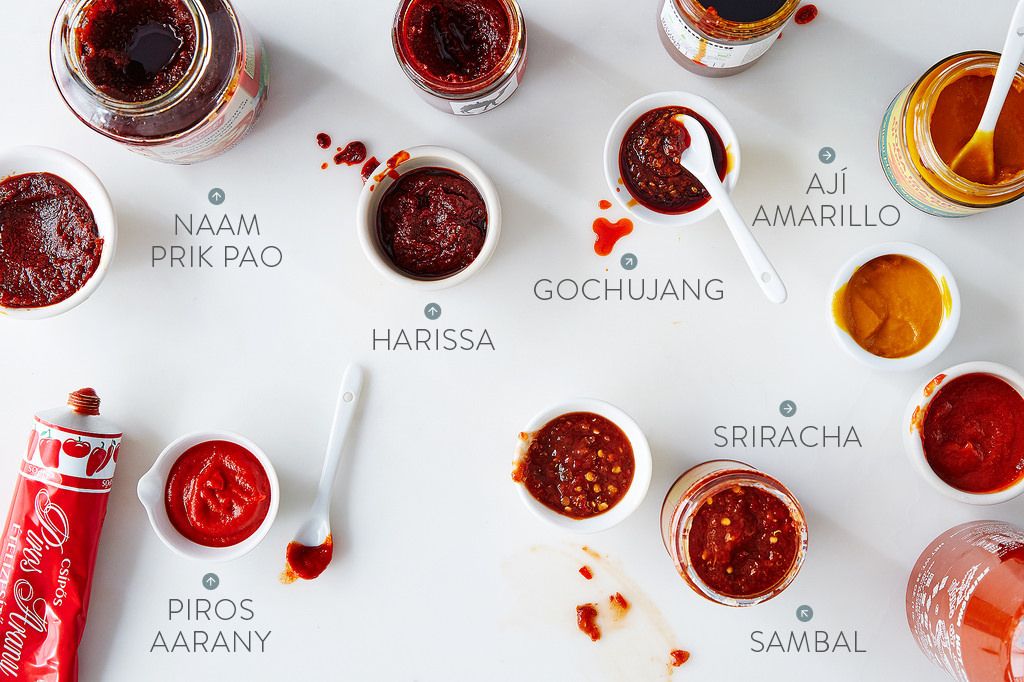
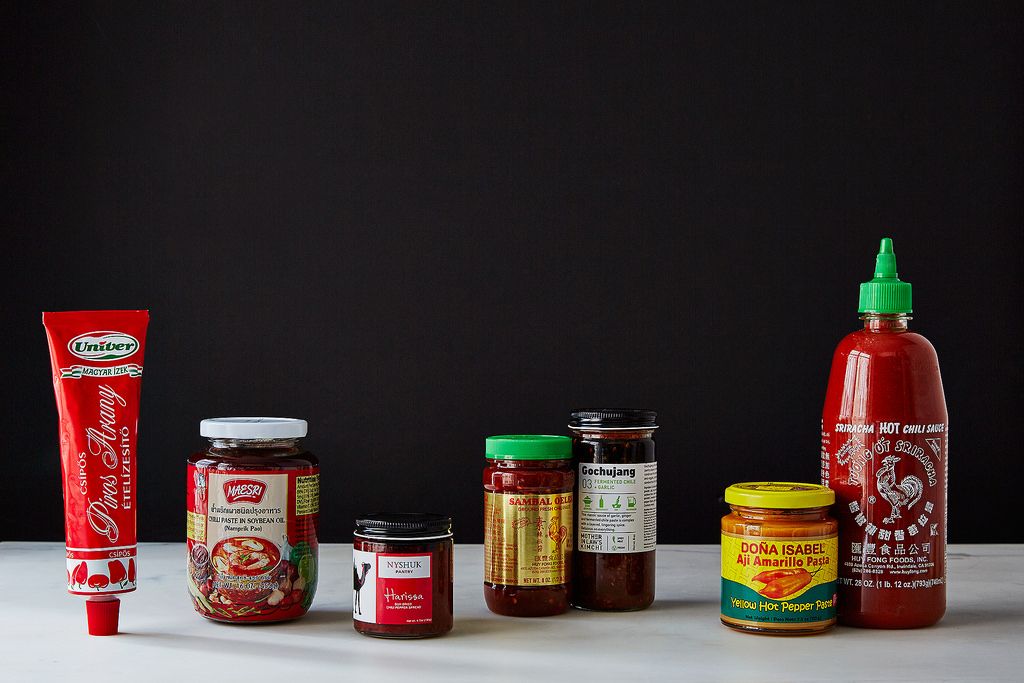
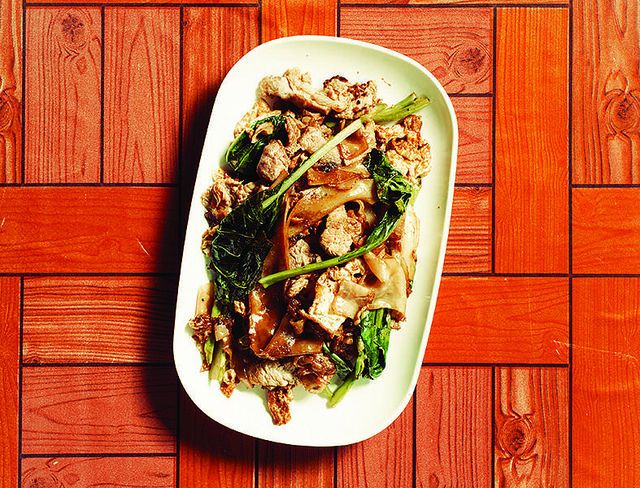
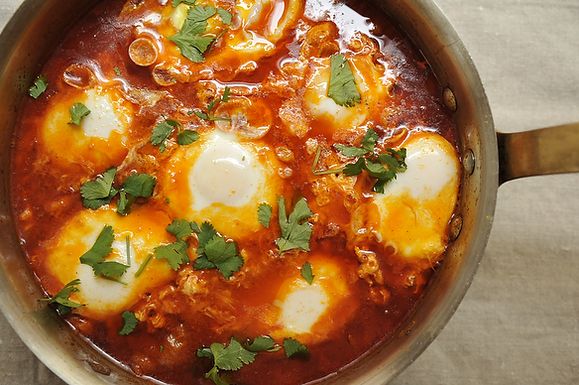
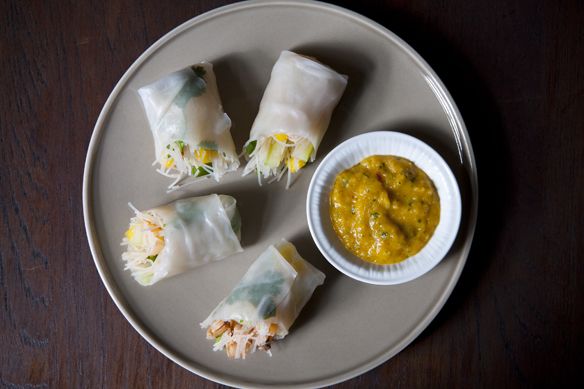
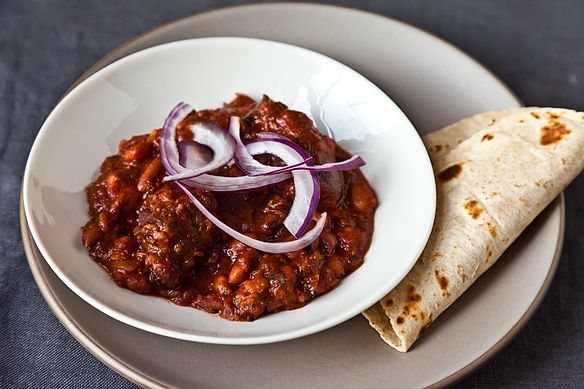

See what other Food52 readers are saying.